Unveiling Craftsmanship: Compact Car Body Work Secrets Revealed
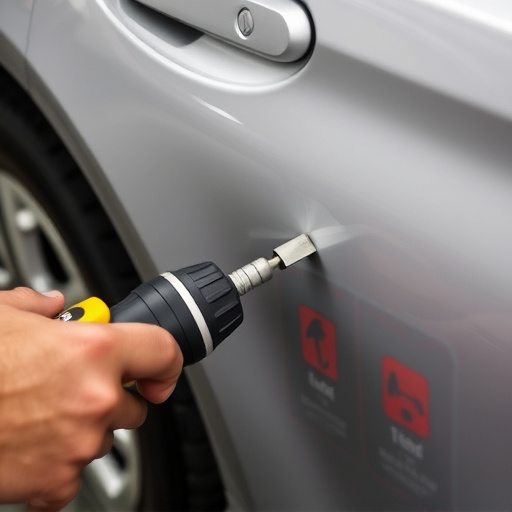
Compact car body work combines engineering expertise and advanced technologies to balance aesthetics…….
In the ever-evolving automotive industry, compact car body work stands as a cornerstone of modern vehicle design and manufacturing. This intricate process involves crafting and assembling the structural components of compact vehicles, ensuring their safety, durability, and aesthetic appeal. As the global demand for fuel-efficient and space-saving transportation continues to rise, understanding compact car body work becomes increasingly crucial. This article aims to provide an in-depth exploration of this vital aspect of automotive engineering, covering its historical foundations, global impact, technological innovations, regulatory landscape, and future prospects. By delving into these topics, readers will gain a comprehensive understanding of the significance of compact car body work and its role in shaping the future of mobility.
Definition: Compact car body work refers to the specialized process of designing and manufacturing the exterior and interior structural elements of compact vehicles. It involves creating a robust yet lightweight frame, panels, and components that form the car’s body, enabling it to meet stringent safety standards while optimizing space utilization.
Core Components:
Historical Context: The concept of compact car body work has evolved significantly over the past century. Initially, early automobiles had simple designs with open tops and bodies constructed from wood and steel sheets. As cars became more sophisticated, the need for safer, more streamlined designs led to advancements in body work techniques. The introduction of mass production methods during the 20th century revolutionized compact car manufacturing, making vehicles more affordable and accessible. Today, advanced engineering and material science have enabled the creation of lightweight, high-strength bodies, contributing to improved fuel efficiency and reduced environmental impact.
Significance: Compact car body work plays a pivotal role in several key areas:
The influence of compact car body work extends far beyond national borders, shaping the automotive industry’s landscape worldwide. International trends and regional variations in this domain reflect diverse cultural preferences, environmental considerations, and economic factors.
Regional Variations:
Global Trends:
Compact car body work is a significant economic driver, influencing various sectors and shaping global automotive markets.
Market Dynamics:
Investment Patterns:
Economic Impact:
Technological innovations are at the heart of modern compact car body work, driving efficiency, performance, and sustainability improvements.
Key Advancements:
Future Potential:
The development of compact car body work is closely tied to various policies and regulations that govern the automotive industry, ensuring consumer safety, environmental protection, and fair competition.
Key Policies:
Regulatory Frameworks:
Despite its remarkable achievements, compact car body work faces several challenges and criticisms that require thoughtful strategies for resolution.
Main Challenges:
Criticisms and Solutions:
Real-world applications of compact car body work offer valuable insights into successful implementations and lessons learned.
Case Study 1: Toyota Prius (Compact Hybrid Car)
Case Study 2: Volkswagen ID.3 (Electric Compact Car)
Case Study 3: Tesla Model 3 (Premium Compact EV)
The future of compact car body work is brimming with opportunities and potential game-changers that will shape the industry’s trajectory.
Emerging Trends:
Strategic Considerations:
Compact car body work is a testament to human ingenuity and our relentless pursuit of innovative solutions for efficient, safe, and sustainable transportation. This article has provided an extensive exploration of various aspects, from historical foundations to cutting-edge technologies, demonstrating its profound impact on the automotive landscape. As the industry navigates a future dominated by electrification, autonomous vehicles, and shared mobility, compact car body work will continue to evolve, playing a pivotal role in shaping the way we move.
By embracing sustainable practices, harnessing technological advancements, and prioritizing consumer needs, the global automotive community can ensure that compact car body work remains a cornerstone of modern vehicle design, contributing to a greener, more connected future on the roads ahead.
Q: How does compact car body work differ from traditional automobile manufacturing?
A: Compact car body work focuses on optimizing space and weight while incorporating advanced materials and technologies to achieve fuel efficiency and sustainability goals. Traditional automobile manufacturing may prioritize power and performance, leading to heavier designs with larger engines.
Q: What are the environmental benefits of lightweight materials in compact cars?
A: Lightweight materials like advanced high-strength steels and aluminum alloys reduce the overall weight of vehicles, allowing for improved fuel efficiency. This decrease in weight also translates to lower carbon emissions during vehicle operation.
Q: Can you explain the role of digital design in modern compact car body work?
A: Digital design tools enable engineers and designers to create, test, and optimize body panels virtually before physical prototypes are built. This workflow streamlines development, reduces costs, and allows for rapid customization to meet specific market demands.
Q: How do regulatory standards impact the development of compact cars?
A: Government safety and emissions regulations play a critical role in shaping compact car design. Manufacturers must comply with these standards, leading to innovations that enhance vehicle safety, reduce emissions, and improve overall performance.
Q: What are some future challenges for compact car body work?
A: Future challenges include balancing cost-effectiveness with sustainability, addressing environmental concerns related to material production, and ensuring accessibility for diverse consumer needs while maintaining safety and efficiency standards.

Compact car body work combines engineering expertise and advanced technologies to balance aesthetics…….
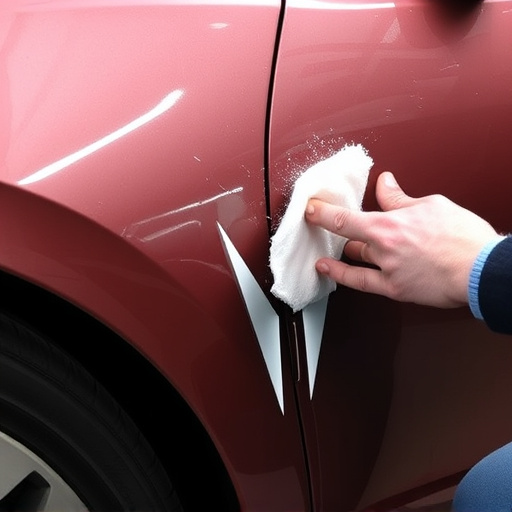
Compact car body work is vital for maintaining vehicle health, safety, and structural integrity thro…….
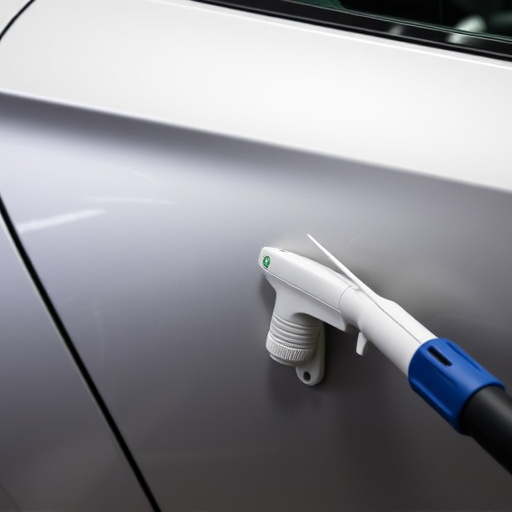
Compact car body work combines advanced engineering and design for efficiency and aesthetics. Repair…….

Compact car body work combines lightweight construction with robust strength for enhanced durability…….

The automotive industry shifts from bulky to compact vehicles due to demand for maneuverability in u…….

Compact car body work involves a balance between aesthetics and safety, using durable materials like…….

Compact car body work requires understanding unibody construction, lightweight materials like steel,…….
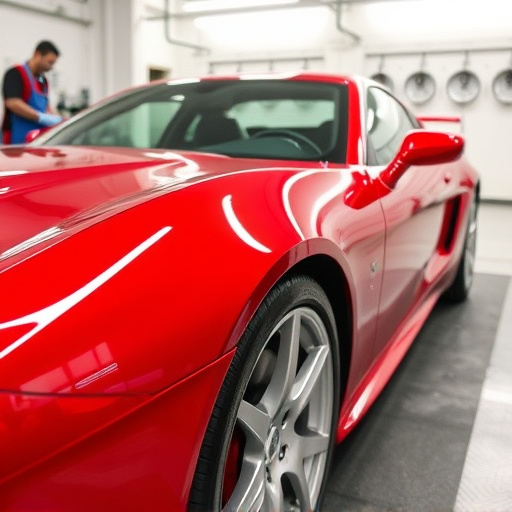
Compact car body work prioritizes durable, lightweight materials like high-strength steel and advanc…….
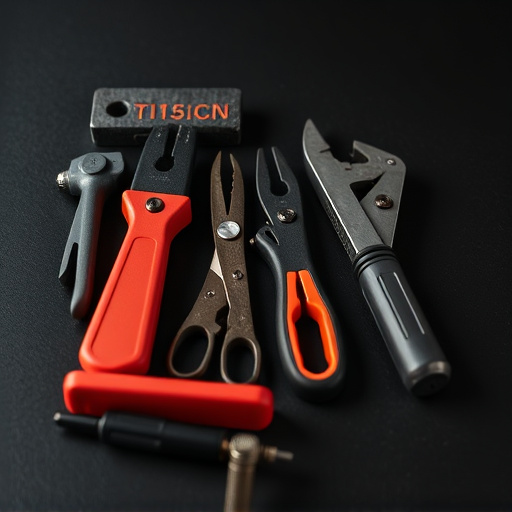
Compact car body work demands meticulous attention to preserve unique designs and structural integri…….

In a market favoring compact cars, understanding customer demands for versatility, efficiency, and a…….